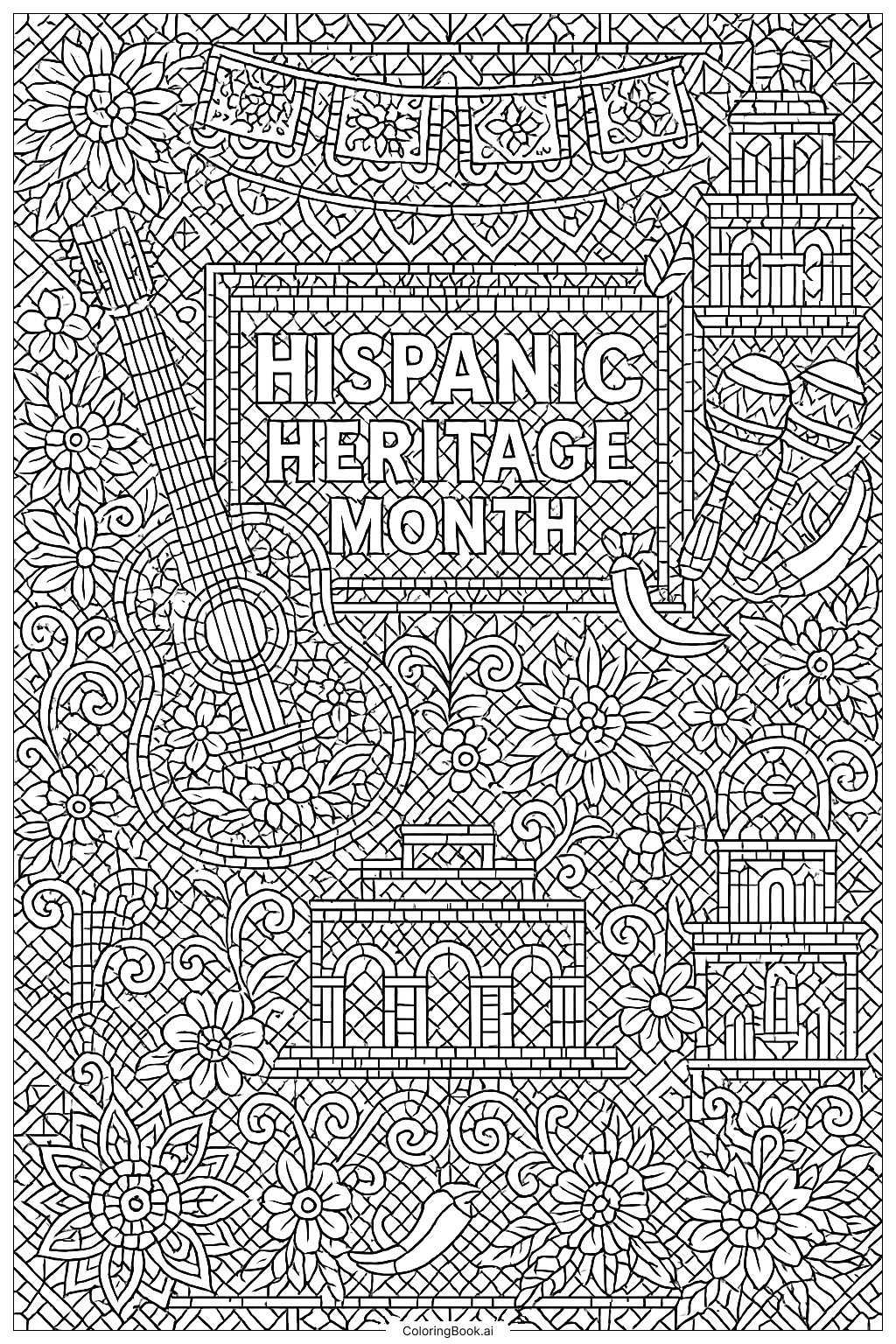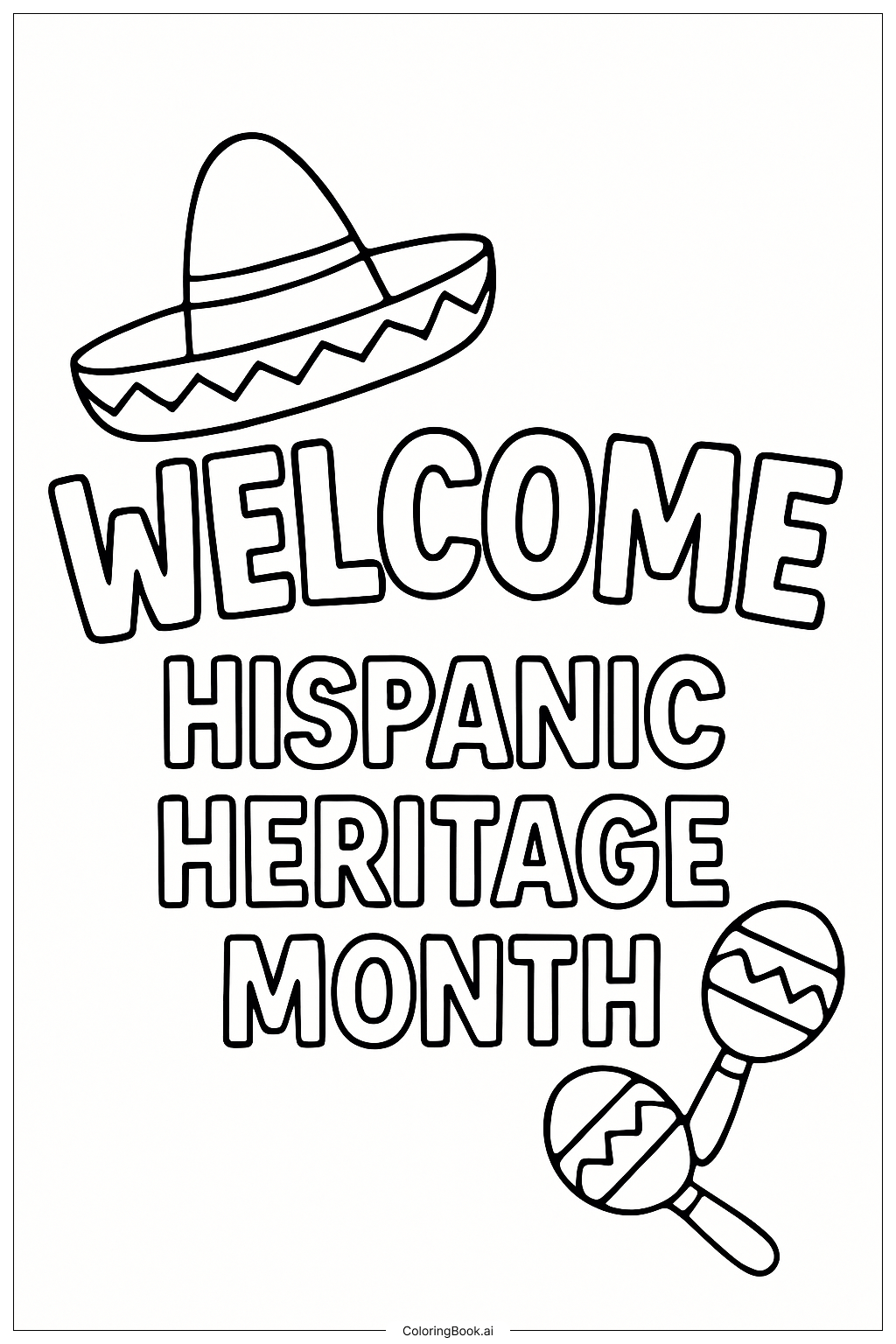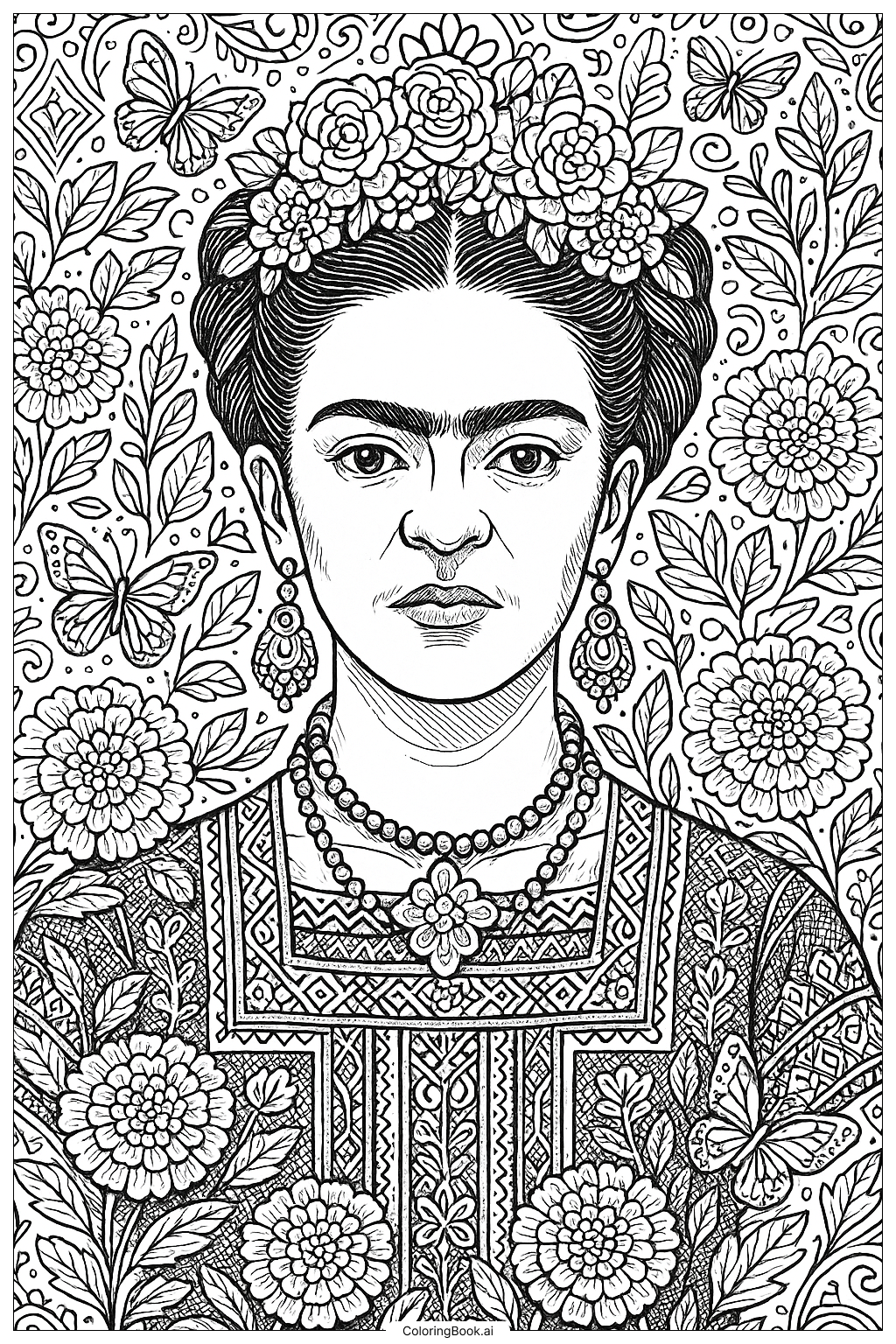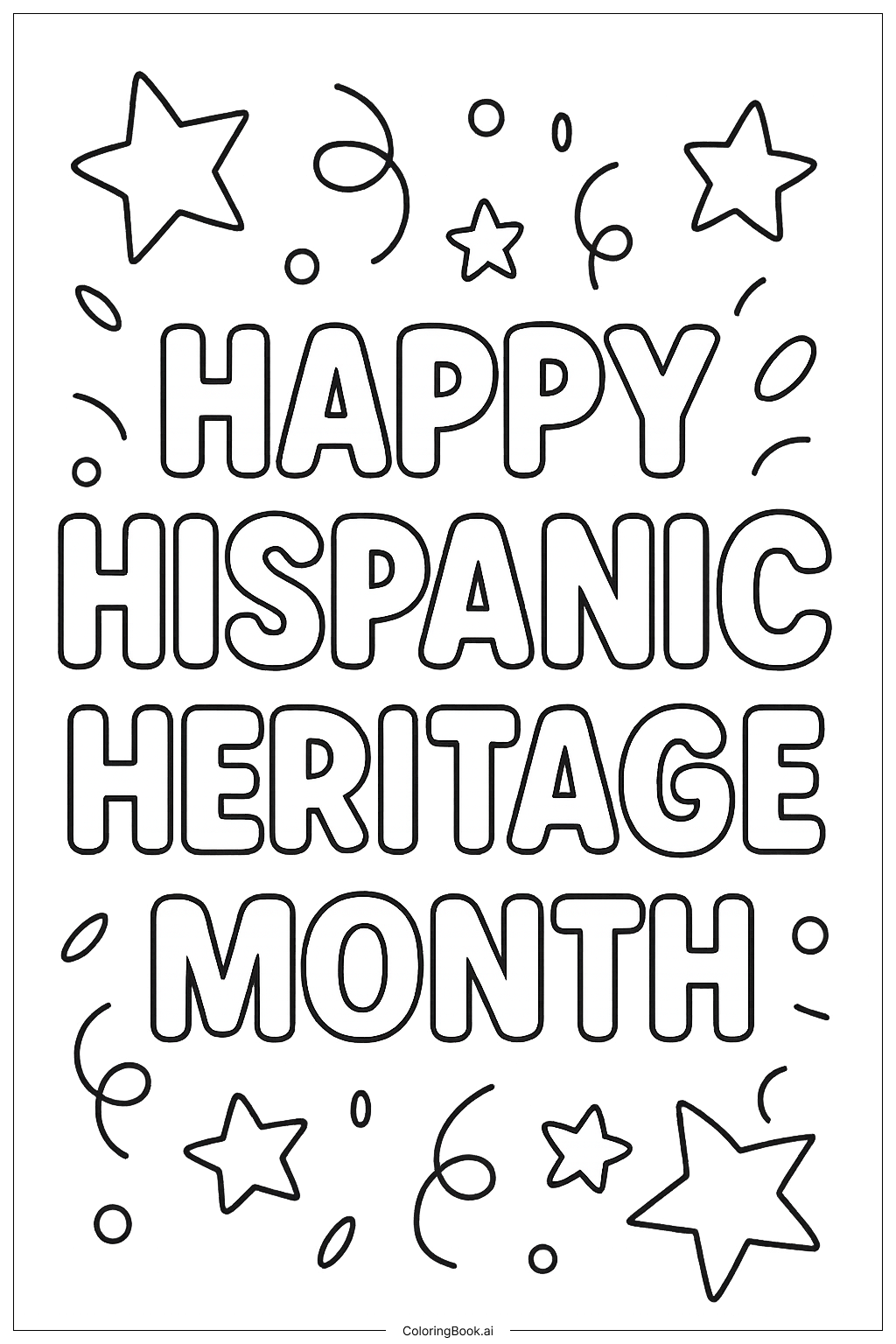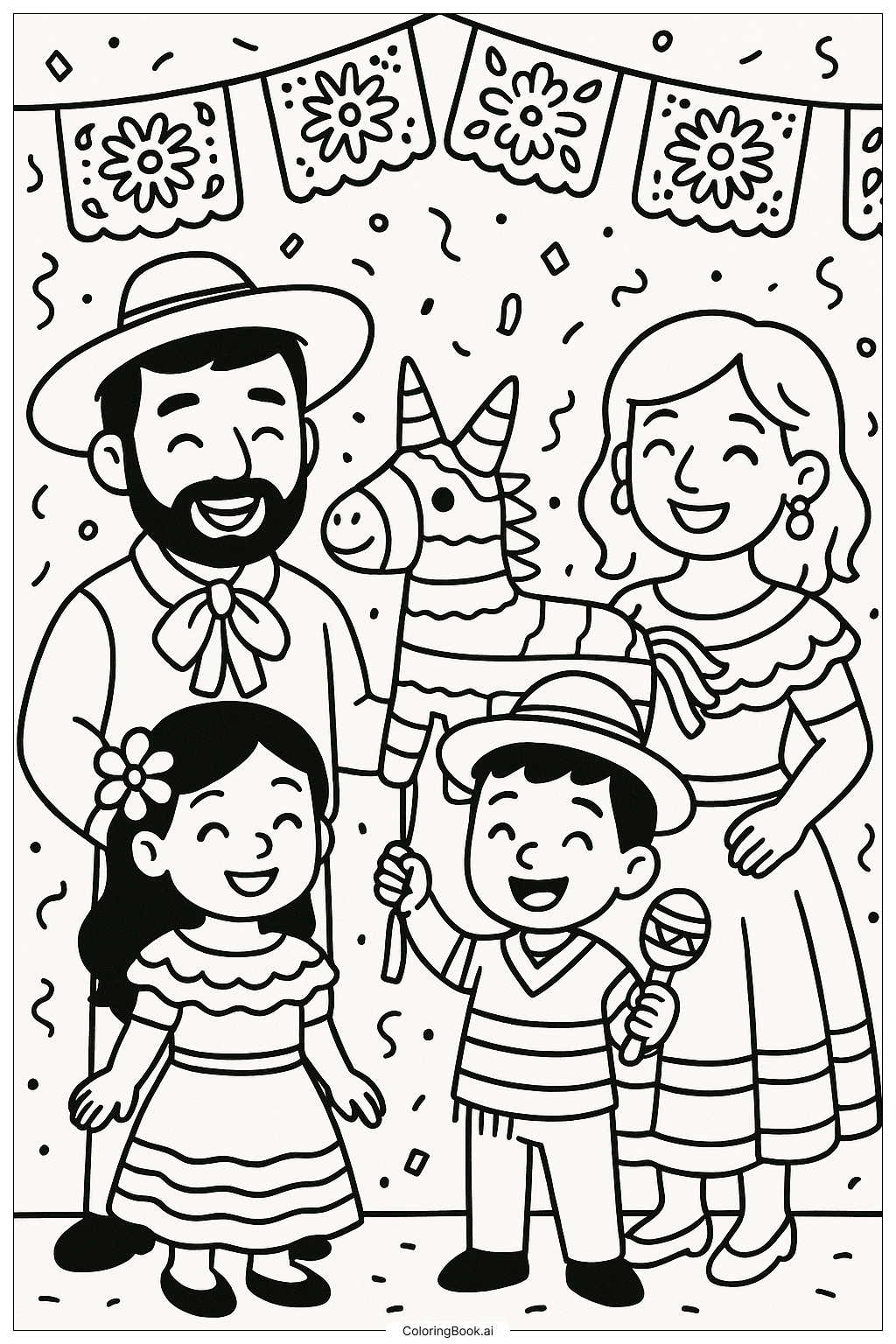Coloring tips: How to color Detailed Mosaic For Hispanic Heritage Month coloring page well?
Use bright and bold colors such as red, green, yellow, orange, and blue to reflect the lively spirit of Hispanic heritage. Try coloring the flowers with different shades to make them stand out. The guitar and maracas can be colored with warm shades like browns and reds to give them a realistic feel. For the buildings, use earth tones such as terracotta and beige. Use vivid colors for the papel picado banners to highlight their festive look. Take your time on the small details and switch colors often to keep the mosaic lively and interesting.
Coloring challenges: Which parts are difficult to color and need attention for Detailed Mosaic For Hispanic Heritage Month coloring page?
1. Small sections: The many tiny details and small mosaic pieces can make coloring tricky and require patience and fine motor skills.
2. Pattern complexity: Keeping the patterns consistent while coloring requires focus to avoid mixing colors unintentionally.
3. Overlapping elements: Some parts overlap, making it harder to distinguish between different shapes.
4. Detailed designs: The intricate floral and musical details need careful attention to avoid coloring outside the lines.
5. Color balance: Maintaining a good balance of bright and warm colors without overusing one color can be challenging.
Benefits of coloring books: Advantages of drawing Detailed Mosaic For Hispanic Heritage Month coloring page
Coloring this mosaic helps improve focus and concentration. It encourages creativity by allowing choices of bright, cultural colors. Fine motor skills are enhanced by coloring small detailed sections. It teaches patience and attention to detail as you work carefully on intricate patterns. Lastly, it helps children learn more about Hispanic culture through its symbols and celebrations.
